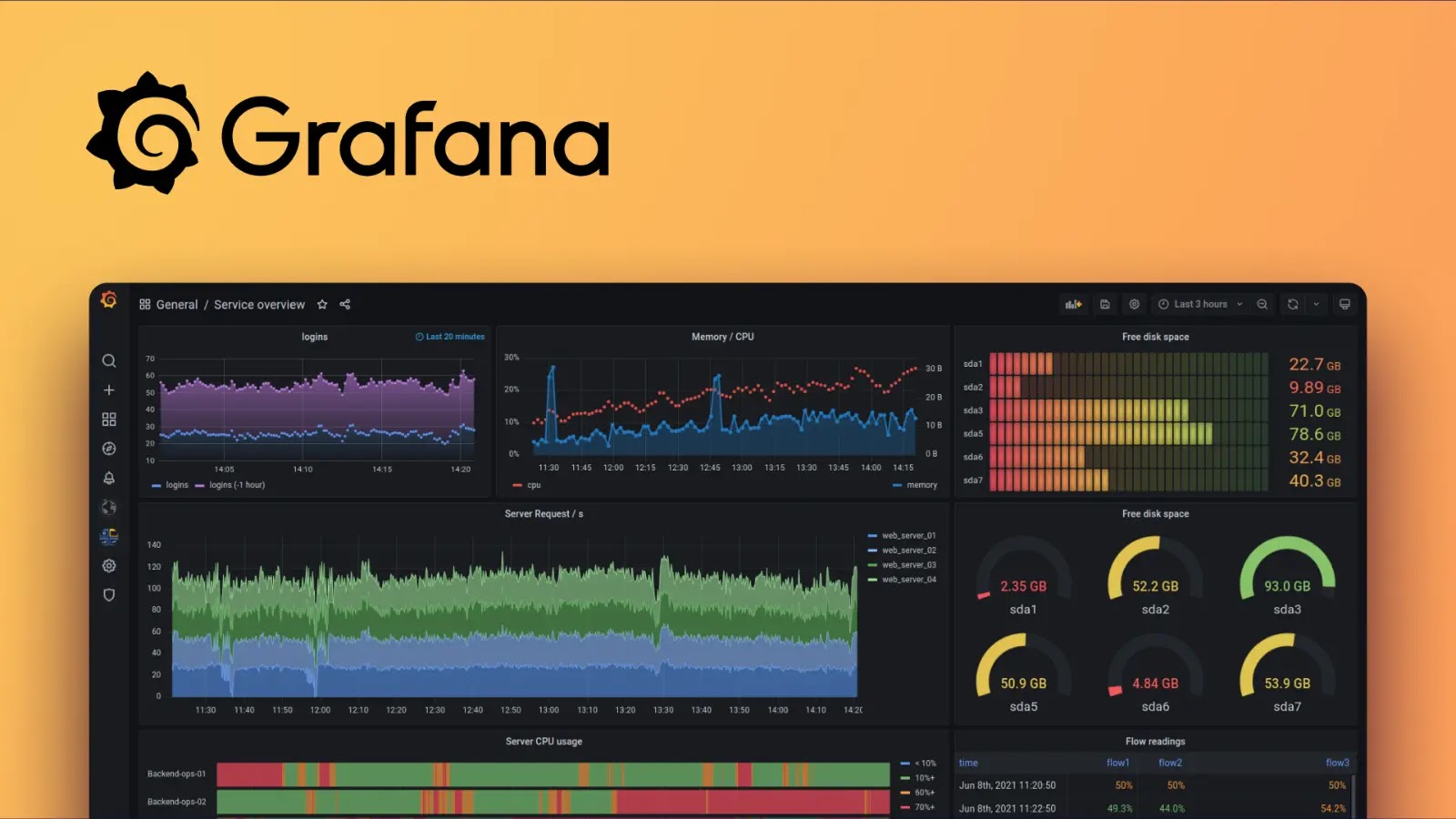
Grafana Vulnerabilities Allow User Redirection to Malicious Sites and Code Execution in Dashboards
In the expansive and often precarious landscape of digital security, a new alert demands immediate attention. Recent discoveries have unveiled critical vulnerabilities within Grafana, the leading open-source platform for data visualization and monitoring. These flaws, if exploited, could allow attackers to manipulate user sessions, redirect them to malicious websites, and even execute arbitrary code directly within dashboards. This poses a significant risk to organizations relying on Grafana for their operational intelligence and infrastructure insights.
Understanding the Grafana Vulnerabilities
Two distinct yet equally concerning vulnerabilities have been identified and formally cataloged, shedding light on potential avenues for significant compromise:
- CVE-2025-6023: This vulnerability pertains to a user redirection flaw. An attacker could craft a specific payload that, when interacted with or displayed within Grafana, forces a user’s browser to navigate away from the legitimate Grafana instance to an attacker-controlled, malicious website. This redirection can be subtly executed, leading users to phishing sites, malware downloads, or other deceptive content.
- CVE-2025-6197: This second vulnerability allows for arbitrary JavaScript code execution within Grafana dashboards. Such a flaw, often referred to as a Cross-Site Scripting (XSS) vulnerability, enables an attacker to inject and run malicious scripts in the context of a user’s browser. This could lead to session hijacking, data theft, credential compromise, or defacement of Grafana interfaces, all while operating under the guise of the legitimate Grafana application.
Both CVE-2025-6023 and CVE-2025-6197 were discovered through Grafana’s proactive bug bounty program, a testament to the effectiveness of collaborative security efforts. Researchers Hoa X. Nguyen, among others, were credited for their crucial findings, bringing these security gaps to light before widespread exploitation.
Affected Grafana Versions
The scope of impact for these vulnerabilities is broad, encompassing several recent Grafana release branches. Organizations running the following versions are urged to take immediate action:
- Grafana 12.0.x
- Grafana 11.6.x
- Grafana 11.5.x
- Grafana 11.4.x
- Grafana 11.3.x
It is imperative for administrators to accurately identify their Grafana version to assess their exposure to these critical flaws.
Potential Impact of Exploitation
An attacker successfully exploiting these vulnerabilities could achieve several malicious objectives:
- Phishing and Social Engineering: By redirecting users to malicious sites, attackers can present fake login pages to steal credentials or disseminate misleading information.
- Malware Distribution: Redirected users might unwittingly download malware, ransomware, or other malicious software onto their systems.
- Session Hijacking: Through JavaScript execution, an attacker could steal session cookies, allowing them to impersonate logged-in users and access sensitive dashboards and data without authorization.
- Data Exfiltration: Malicious scripts could be used to extract sensitive information displayed within Grafana dashboards and send it to an attacker-controlled server.
- Defacement and Brand Damage: Injection of code could alter the appearance of dashboards, leading to reputational damage and erosion of user trust.
Remediation Actions
Mitigating these Grafana vulnerabilities requires prompt and decisive action from system administrators and security teams. The primary remediation strategy involves upgrading to patched versions of Grafana:
- Immediate Upgrade: Apply the latest security patches available from Grafana Labs. Always prioritize upgrading to the most recent stable version that addresses these specific CVEs. Check the official Grafana documentation and release notes for the patched versions.
- Regular Patch Management: Establish and adhere to a robust patch management policy for all software, especially critical monitoring tools like Grafana.
- Input Validation and Output Encoding: While Grafana developers are responsible for core fixes, ensure that custom dashboards or plugins developed in-house adhere to strict input validation and output encoding best practices to prevent similar XSS issues.
- Web Application Firewall (WAF): Implement a WAF in front of your Grafana instances to detect and block suspicious requests that may indicate attempted exploitation of these or similar vulnerabilities.
- Security Audits and Penetration Testing: Regularly conduct security audits and penetration tests on your Grafana deployments to uncover potential weaknesses before they are exploited by malicious actors.
- User Training: Educate users about the risks of phishing and suspicious redirects. Emphasize the importance of verifying URLs before entering credentials or downloading files.
Relevant Tools for Analysis and Mitigation
Several tools can aid in identifying and mitigating such vulnerabilities within web applications like Grafana:
| Tool Name | Purpose | Link |
|---|---|---|
| OWASP ZAP (Zed Attack Proxy) | Comprehensive web application security scanner for finding vulnerabilities like XSS and redirection flaws. | https://www.zaproxy.org/ |
| Burp Suite Community/Professional | Integrated platform for performing security testing of web applications, excellent for manual and automated vulnerability discovery. | https://portswigger.net/burp |
| Nessus | Vulnerability scanner capable of detecting known vulnerabilities in web applications and services. | https://www.tenable.com/products/nessus |
| Grafana Security Advisories | Official source for vulnerability disclosures and patch information. | https://grafana.com/security/advisories/ |
Conclusion
The discovery of CVE-2025-6023 and CVE-2025-6197 in Grafana underscores the continuous need for vigilance in cybersecurity. As organizations increasingly rely on data visualization platforms for critical operational insights, the integrity of these systems becomes paramount. Prompt application of security updates, coupled with ongoing security best practices, will significantly reduce exposure to these and future threats. Prioritizing these actions ensures that your Grafana instances remain powerful tools for monitoring, not gateways for compromise.





